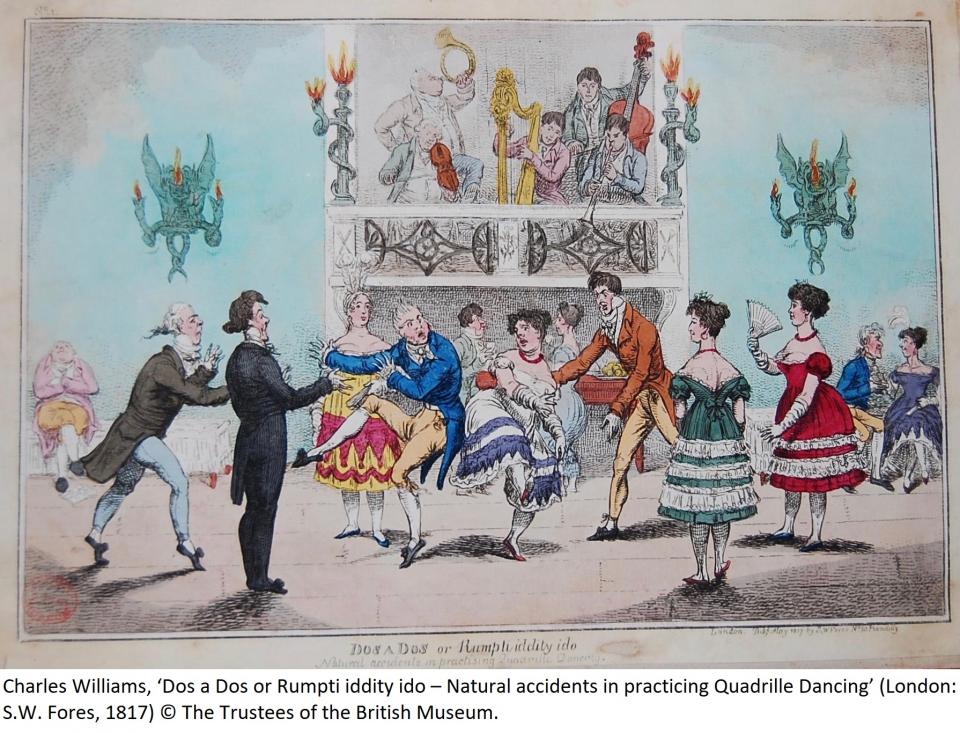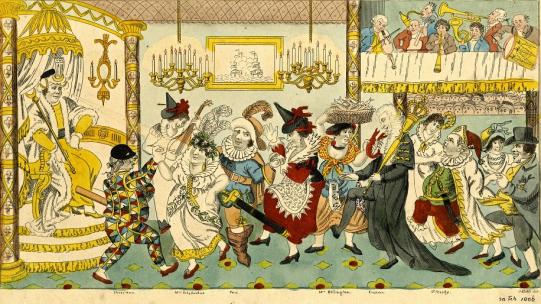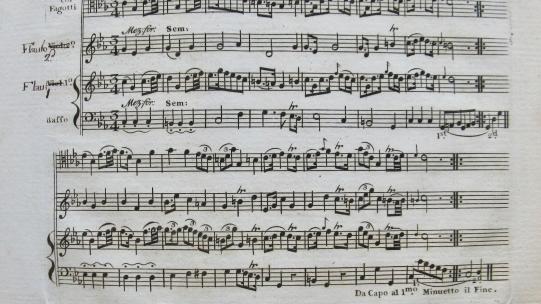
Performing Practices
Despite the vast amount of dance music that was published during the Georgian period, we currently don’t know much about how it sounded in the ballroom or when played for dance at home. The majority of dance music scores are arrangements for a single keyboard, harp or treble instrument, giving little indication of the performing forces employed during a ball. However, depictions of dance musicians abound showing a huge variety in ensemble sizes and instrumental combinations that raise queries about the relationship between image, representation and historical documentation. How feasible would some of these ensembles have been? Beyond the instrumentation used in different settings, our experiment to reconstruct dance music ensembles has stimulated questions about extemporisation and ornamentation practices; the employment of historical performing techniques; the flexibility of the ensemble within the dance or a sequence of dances; and why so few band parts exist. All of these aspects provide clues to help us understand the configuration and operation of dance bands, and to bring social dance music back to life with a richer sound.


